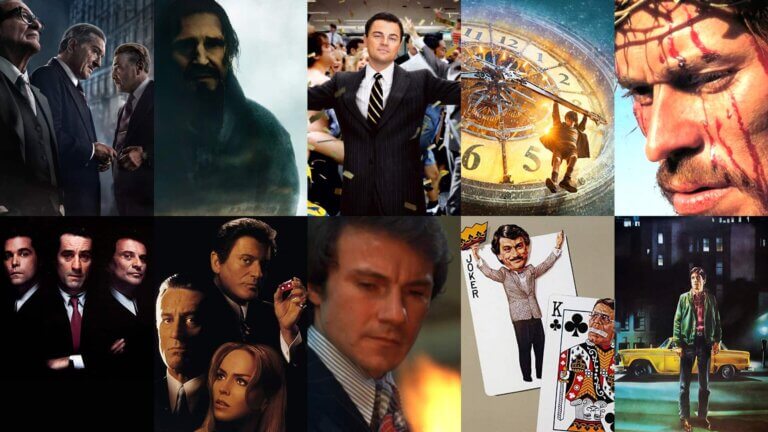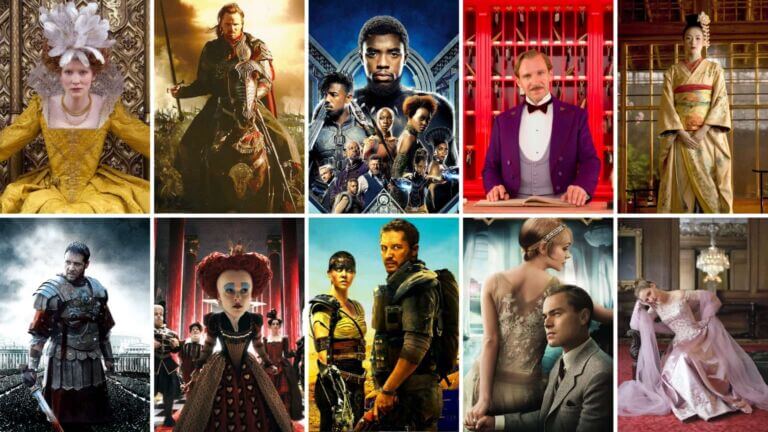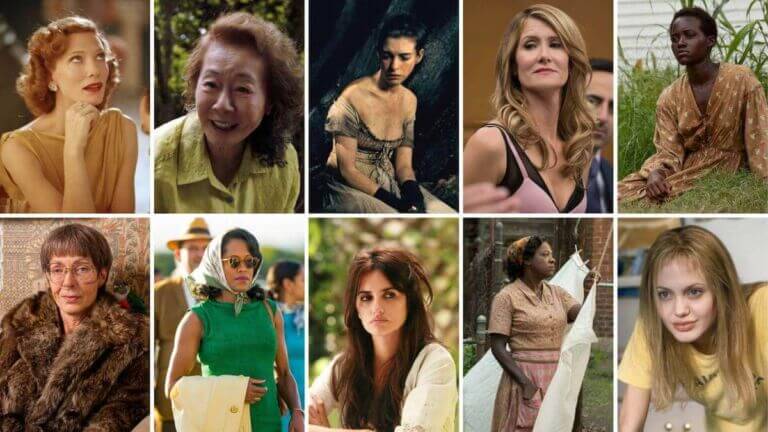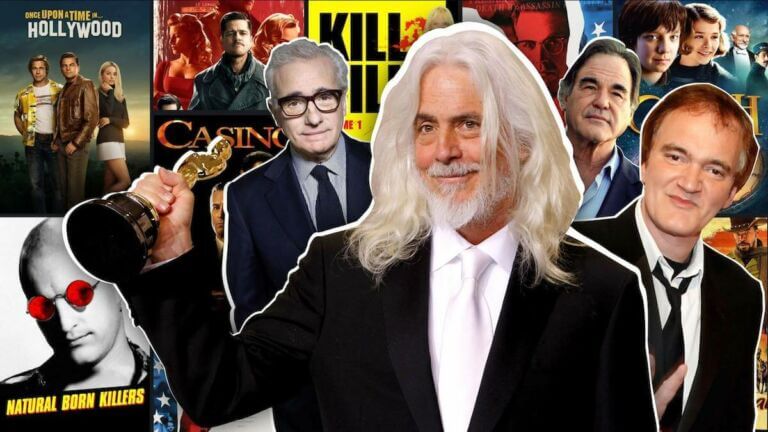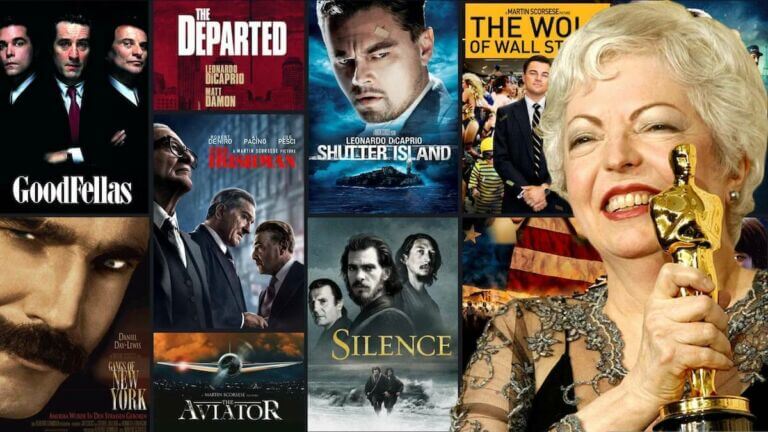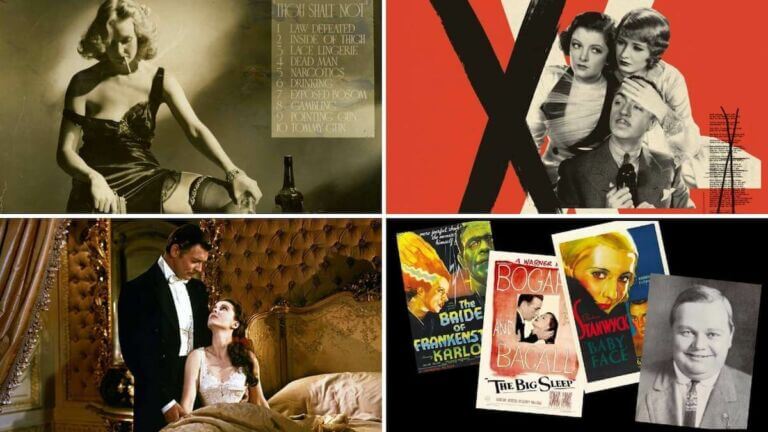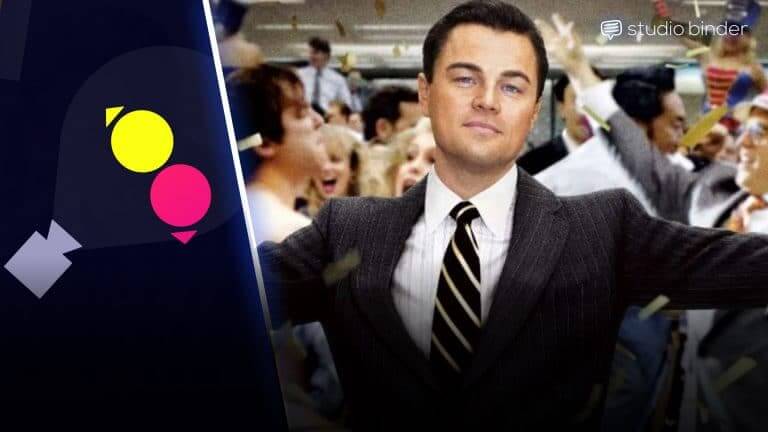Martin Scorsese is the true king of cinema. While most filmmakers are lucky to have just one film that stands the test of time, Scorsese has had hit after hit across five decades. Saying “the best Martin Scorsese films” is like saying “the best chili cheese fries” because even when they’re not the greatest, they’re still pretty darn good. All Martin Scorsese movies have been accumulated here and ranked. While there are several that could easily take the top spot, there can only be one winner. Join us now for StudioBinder’s ranking of the best Scorsese movies ever.NOTE: For this…
We’ve talked quite a bit about the amount of thought that goes into Costume Design. We’ve talked about how costumes instantly convey information about the story’s setting, and about who the characters are. The Academy Award for Best Costume Design winners add their own flavor and style to the film, in some cases even a style that audiences wanted to emulate. In this post, we’re going to take a look at the 21st century Best Costume Design winners and see “who wore it best.” One thing you’ll notice immediately is that the films on this list are mostly period pieces, but…
Strong supporting actress roles have led to some of cinema's greatest performances. The Best Supporting Actress category is sometimes overlooked in favor of the flashier Lead Performance categories but the importance of a role is not in any way diminished by a lesser amount of screen-time. Join us in celebrating 20 of the greatest winners of the Academy Award for Best Supporting Actress. Continue reading Academy Award For Best Supporting Actress — Winners Ranked
With over 40 years of experience working as a feature cinematographer, Robert Richardson has lensed movies for director’s like Oliver Stone, Martin Scorsese and Quentin Tarantino. He’s worked on everything from 65mm film to stereoscopic 3D and has won the Academy Award for cinematography three times (for his work on JFK, The Aviator and Hugo)! It’s definitely worthwhile paying attention to his work, here’s four lessons that you can learn from the Robert Richardson style of cinematography.Continue reading Robert Richardson Style — Tarantino, Scorsese’s DP Techniques
Film editing is an underrated art form, and oftentimes under-appreciated. Editing is the backbone of filmmaking — it takes a lot of hard work and dedication to the craft, including developing one’s own unique editing style, and breaking the rules. Let’s examine one of Hollywood’s most accomplished and notable film editors, Thelma Schoonmaker, and discover what led her to become one of the most prominent names in the business. In this post, we’ll get a brief Thelma Schoonmaker biography, look at her unique editing style, and of course her decades-long collaboration with filmmaker and pioneer of cinematic techniques, Martin Scorsese. Continue reading…
Have you ever watched an old black and white movie, maybe starring Humphrey Bogart or Katherine Hepburn, and thought some of it was a bit tame? Even when the movies are great, they seem to play it safe? Most of this is a direct result of what is popularly known as the Hays Code, which most movies had to abide by for a period of time. But what is the Hays Code, and is there more to it than just a few rules and limits?Continue reading What is the Hays Code — Hollywood Production Code Explained
How does one create a great tracking shot in film? What strategies are available to keep the shot interesting for the audience without becoming too chaotic? With this example from Martin Scorsese’s excellent film The Wolf of Wall Street, we’ll show you how a master filmmaker uses eye lines, blocking, and framing to create a riveting long take and avoid unnecessary cuts.Make sure to read through to the end for more examples of long takes in television and film! Continue reading The Wolf of Wall Street Long Take — Director’s Playbook
